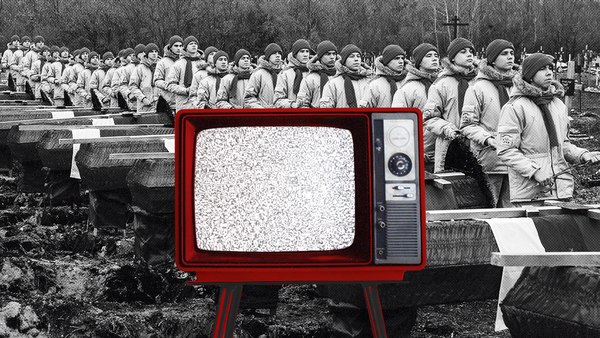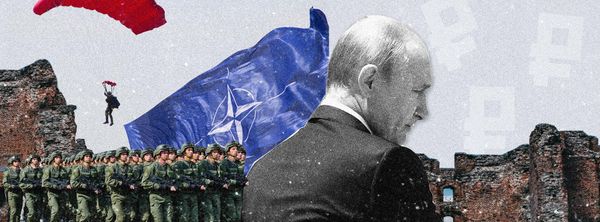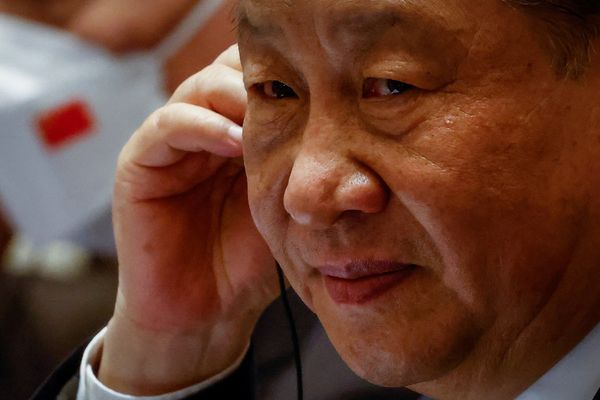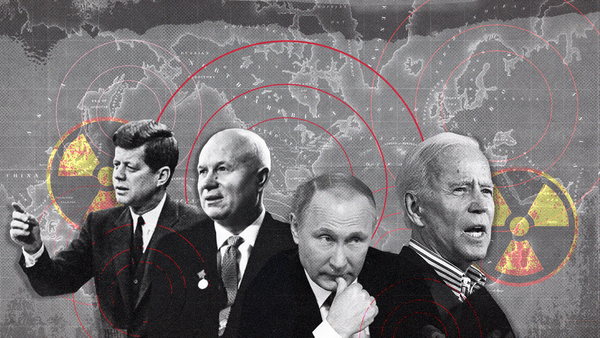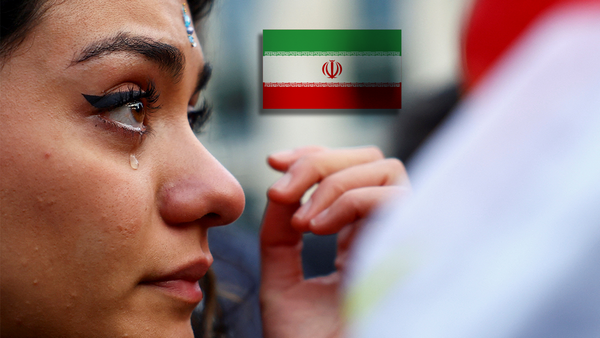Na Guerra Fria geopolítica e na guerra entre companhias americanas também:
Is it time for US AI companies to leave China?
Microsoft has asked 700-800 of its China-based employees working on cloud computing and artificial intelligence to leave the country, extending them offers of employment in different countries including the US. While these employees will have the option to stay put, the move signals Microsoft’s awareness that it may not be tenable to be a US company working on AI within China for much longer.
Last week, American and Chinese officials met to discuss artificial intelligence policy in Geneva, Switzerland. White House National Security Council spokesperson Adrienne Watson said US officials “raised concerns over the misuse of AI” by China (without giving specifics), which pushed back against American “restrictions and pressure” on their use of the technology. In the past two years, the Biden administration has imposed strict export controls limiting the flow of semiconductors to China and its allies, hampering its ability to train and run AI models and applications.
Increasingly, companies are caught in the middle of these tensions — especially those like Microsoft and Amazon interested in serving both economies and tapping into China’s talent pool. The White House is also considering a new rule that would require licenses to sell cloud services to Chinese customers, a move that could further hinder Microsoft’s revenue in the country — and lodge the US government between China and the American firms they need to scale up AI capabilities.
===========
Google and OpenAI’s competition heats up
Both Google and OpenAI held big AI-focused events last week to remind the world why they should each be leaders in artificial intelligence.
Google’s announcement was wide-ranging. At its I/O developer conference, the company basically said that it’ll infuse AI into all of its products — yes, even its namesake search engine. If you’ve Googled anything lately, you might have noticed that Gemini, Google’s large language model, has started popping up and suggesting the answers to your questions. Google smells the threat of competition not only from ChatGPT and other chatbots that can serve as your personal assistant but also from AI-powered search engines like Perplexity, which we tested in February. It also announced Veo, a generative video model like OpenAI’s Sora, and Project Astra, a voice-assisted agent.
Meanwhile, OpenAI had a much more focused announcement. The ChatGPT maker said it’s rolling out a new version of its large language model, GPT-4o, and powering its ChatGPT app with it. The new model will act more like a voice-powered assistant than a chatbot — perhaps obviating the need for Alexa or Siri in the process if it’s successful. That said, how often are you using Alexa and Siri these days?
The future of AI, the company thinks, is multimodal — meaning models can process text, images, video, and sound quickly and seamlessly and spit out answers back at the users.
Most importantly, OpenAI said that this new ChatGPT app (on smartphones and desktops) will be free of charge — meaning millions of people who aren’t used to paying for ChatGPT’s premium service will now have access to its top model — though rate limits will apply. Maybe OpenAI realizes it needs to hook users on its products before the AI hype wave recedes — or Google leapfrogs into the consumer niche.
GZero, May 21, 2024
